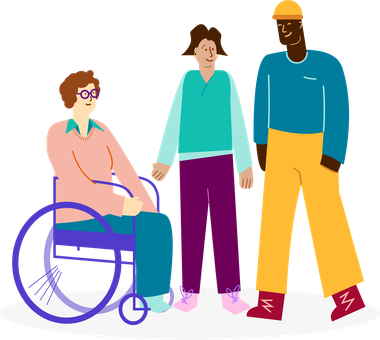Last updated: 24 July 2024
Who is it for?
Frontline practitioners, managers and CEOs of homelessness services who want to know more about the Equality Act 2010, and how it is relevant to the:
- rights of people accessing homelessness services
- rights of staff working in homelessness services
Why is it relevant?
Everyone has the right to equal opportunities and to live free from discrimination, victimisation or harassment, regardless of the characteristics they possess. This is why the Equality Act 2010 exists – to ensure that everyone is lawfully protected from discrimination.
This briefing aims to help homelessness practitioners to understand the Equality Act 2010, equipping them to improve their services and the support they offer. It gives an overview of the Act and explores how it can be applied within the homelessness sector, providing information on:
- the protected characteristics
- types of discrimination (as outlined in the Act)
It includes scenarios of how and when discrimination may occur in housing and homelessness settings and provides questions for staff to consider to help address discrimination in the workplace.
Key takeaways
Under the Equality Act 2010 people are protected from discrimination when they:
- are in the workplace
- are using public services like healthcare or education
- have contact with public bodies, for example the local council or central government departments.
It is important that staff at all levels understand their own legal rights as well as the rights of people accessing services to ensure they are operating within the law, and can advocate for themselves and others when discrimination is occurring.
Forms of discrimination outlined in the Act are:
- direct discrimination
- indirect discrimination
- harassment
- victimisation
- discrimination due to disability

